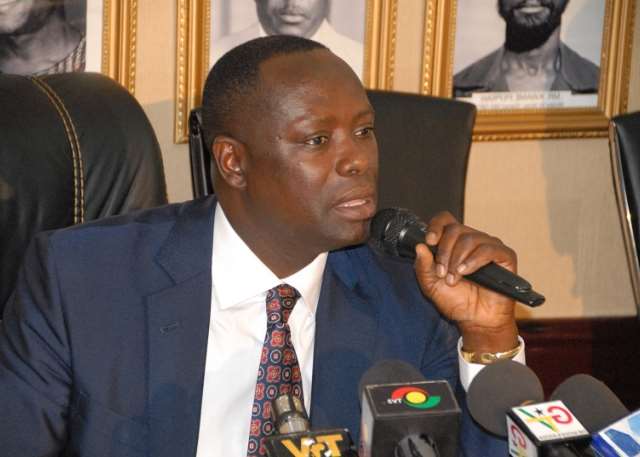Paragraph 1: The Galamsey Crisis and Government Response
Ghana faces a significant environmental and economic challenge in the form of illegal small-scale mining, commonly known as "galamsey." This practice involves the unregulated extraction of precious minerals, primarily gold, often by individuals or small groups operating outside the legal framework. Galamsey activities have devastating consequences for Ghana’s environment, leading to widespread deforestation, land degradation, and water pollution. Rivers and streams, vital sources of drinking water and agricultural irrigation, become contaminated with heavy metals and chemicals used in the mining process, posing serious health risks to communities. The destruction of forests further exacerbates the problem, contributing to soil erosion and loss of biodiversity. Recognizing the gravity of the situation, the Ghanaian government has intensified its efforts to combat galamsey, declaring it a national emergency and implementing various measures to curb its spread and mitigate its impact.
Paragraph 2: Reinforcing the Commitment to Eradication
Emmanuel Armah-Kofi Buah, the Minister for Lands and Natural Resources, has emphatically reiterated the government’s unwavering commitment to eliminating galamsey. In a televised interview, Minister Buah stressed the urgency of the situation, emphasizing that authorities are working around the clock to address the issue. He assured the public that the government is treating galamsey with the seriousness it deserves and is determined to win the fight against this destructive practice. This strong statement underscores the government’s recognition of the severe environmental and social consequences of galamsey and its resolve to take decisive action to protect Ghana’s natural resources and the well-being of its citizens.
Paragraph 3: Multi-pronged Approach to Combatting Galamsey
The government’s strategy to combat galamsey involves a multifaceted approach that combines law enforcement, community engagement, and sustainable alternatives. Law enforcement agencies have stepped up operations to apprehend illegal miners and confiscate their equipment. This includes increased surveillance, raids on illegal mining sites, and arrests of individuals involved in galamsey activities. The government has also emphasized the importance of inter-agency collaboration, involving various ministries and security forces to coordinate efforts and ensure effective enforcement. Recognizing that law enforcement alone cannot solve the problem, the government is also working to engage communities affected by galamsey.
Paragraph 4: Community Engagement and Sustainable Alternatives
Community engagement is crucial for raising awareness about the negative impacts of galamsey and fostering local ownership of the fight against it. The government is working with traditional leaders, community groups, and civil society organizations to educate people about the environmental and health risks associated with illegal mining and to encourage them to report illegal activities. This collaborative approach aims to create a sense of shared responsibility and empower communities to protect their natural resources. In addition to enforcement and community engagement, the government is exploring sustainable alternatives to galamsey that can provide economic opportunities for those involved in illegal mining.
Paragraph 5: Economic Diversification and Reclamation Efforts
Promoting alternative livelihoods, such as sustainable agriculture, small-scale businesses, and vocational training programs, can help reduce the economic dependence on galamsey and provide viable options for miners to transition to legal and environmentally responsible activities. The government is also investing in land reclamation efforts to restore degraded lands and reforest areas affected by mining. This involves planting trees, stabilizing soil, and restoring water bodies to their natural state. Reclamation projects not only help to repair the environmental damage caused by galamsey but also create job opportunities in the restoration sector.
Paragraph 6: Sustaining the Fight and Ensuring Long-Term Success
The fight against galamsey is a long-term endeavor that requires sustained commitment and collaboration from all stakeholders. The government’s efforts to eradicate illegal mining are ongoing, and continuous monitoring and evaluation are essential to assess the effectiveness of interventions and adapt strategies as needed. The government must also address the underlying factors that drive people to engage in galamsey, such as poverty, lack of education, and limited access to alternative livelihoods. By tackling these root causes, the government can create a more sustainable and equitable environment that discourages illegal mining and promotes responsible natural resource management. International cooperation and support are also crucial in the fight against galamsey, particularly in sharing best practices, providing technical assistance, and combating the illegal trade in minerals. Ultimately, a comprehensive and collaborative approach is essential to ensure the long-term success of galamsey eradication efforts and protect Ghana’s valuable natural heritage for future generations.


